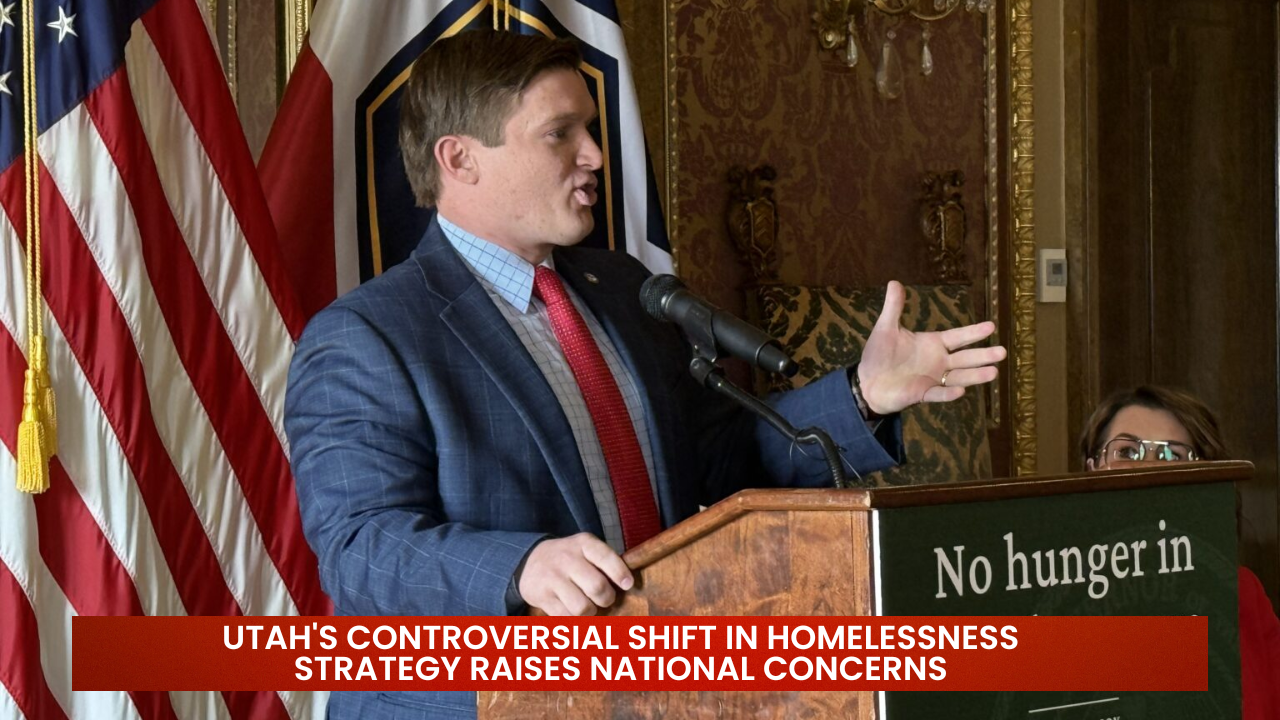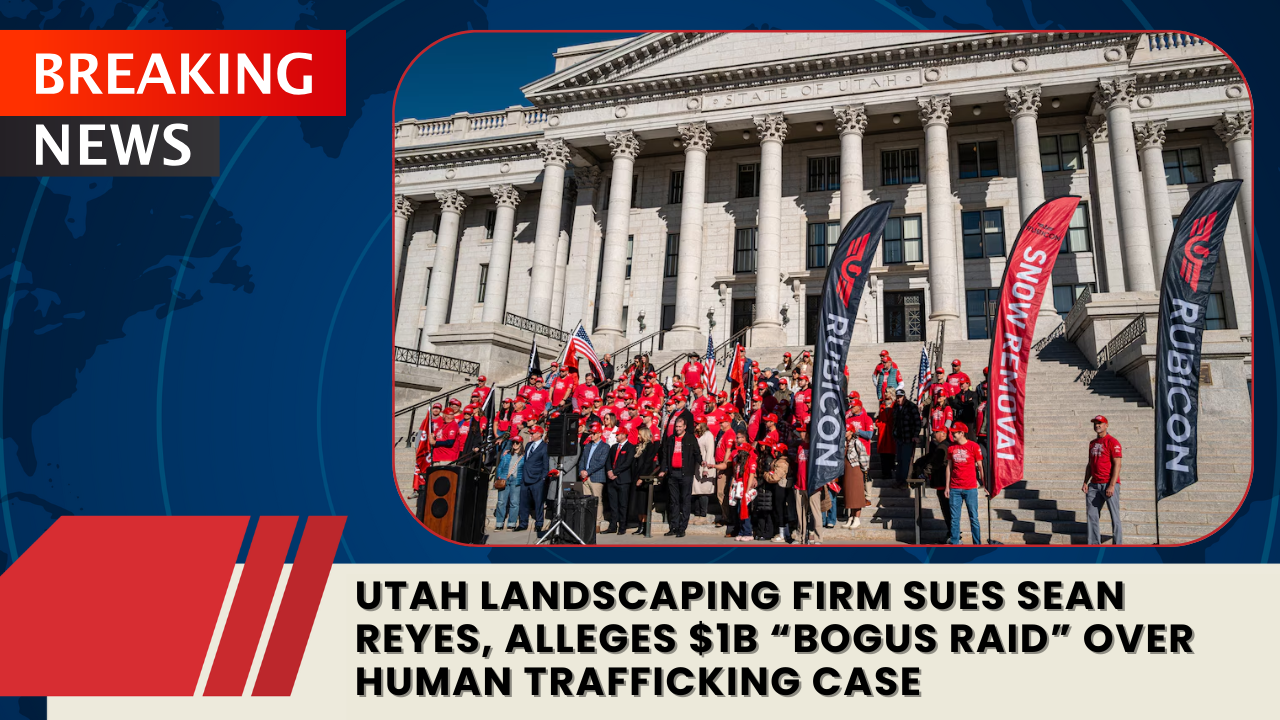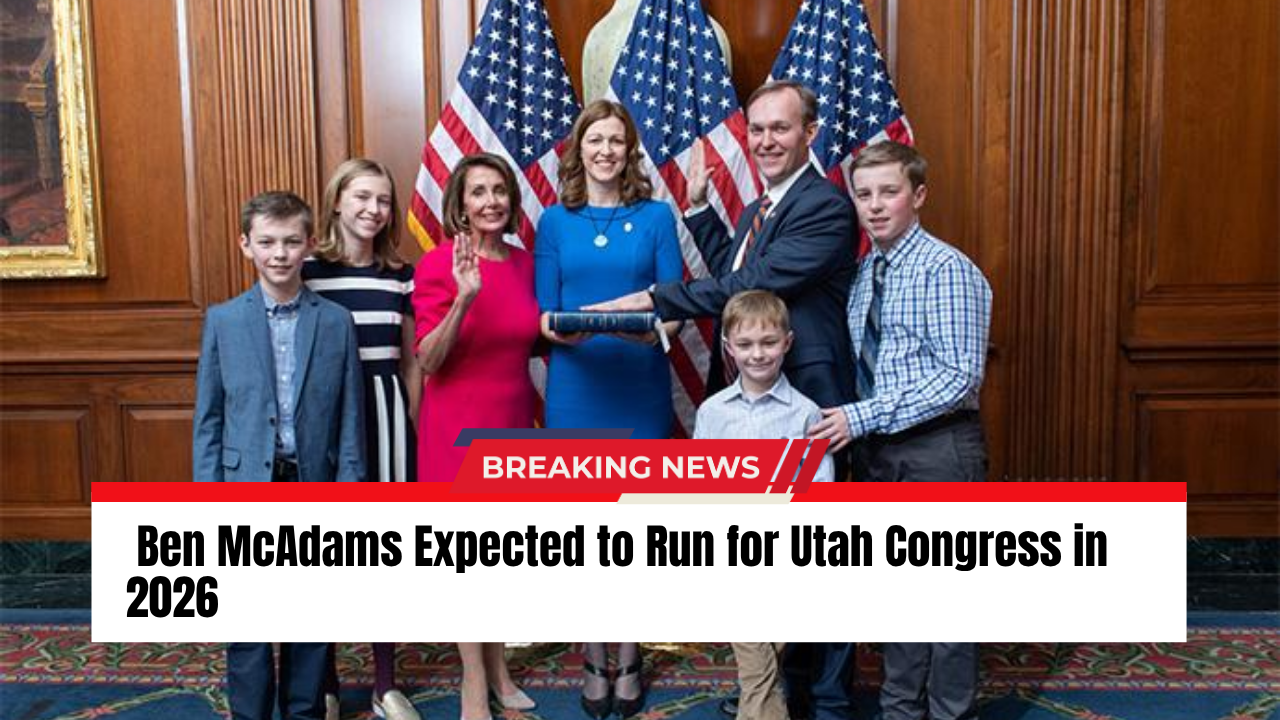A dramatic policy reversal in Utah’s approach to homelessness threatens to undo years of progress and establish a troubling national precedent as federal housing policies face potential restructuring under new political leadership.
The state plans to open a large centralized facility on Salt Lake City’s west side that could house up to 1,300 individuals, representing a fundamental departure from evidence-based strategies that previously earned Utah national recognition for reducing chronic homelessness.
Departure From Proven Solutions
For years, housing experts and researchers have consistently identified one approach that successfully reduces street homelessness: providing affordable housing combined with comprehensive supportive services addressing mental health needs, substance use disorders, and other barriers to stability.
Utah previously demonstrated leadership in this evidence-based model. Local programs successfully moved nearly the entire veteran homeless population into permanent housing by providing subsidized units coupled with robust health and social services rather than temporary shelter or institutional settings.
The new centralized campus model represents a significant philosophical shift. While officially described as offering treatment services, advocates propose the facility would function with elements resembling detention, including involuntary placement for individuals who refuse services after committing minor offenses like public camping.
Critics warn this massive centralized approach lacks adequate funding to provide genuine treatment for the large population it intends to serve, potentially diverting resources from programs with demonstrated effectiveness.
Federal Policy Implications
The policy shift occurs against a backdrop of broader federal housing policy changes that could force other states to adopt similar approaches or risk losing critical funding streams. The U.S. Department of Housing and Urban Development administers programs providing housing and community development assistance nationwide, making federal policy decisions particularly consequential for state and local responses to homelessness.
Proposed federal budget legislation includes provisions that would significantly reduce investments in affordable housing development, healthcare access, nutritional assistance, and other programs that prevent individuals from becoming homeless in the first place. Simultaneously, new legal frameworks increasingly criminalize homelessness itself rather than addressing underlying causes.
Multiple jurisdictions nationwide have enacted or proposed ordinances making it illegal to sleep in public spaces, even when insufficient shelter capacity exists to accommodate people experiencing homelessness. Recent judicial rulings have permitted such enforcement despite concerns about punishing individuals for circumstances beyond their control.
Economic Factors Driving Homelessness
Utah has experienced an 18 percent increase in its homeless population, with 4,584 people counted as of January 2025, reflecting broader national trends as housing affordability reaches crisis levels in many communities.
Rising rental costs combined with stagnant wage growth create circumstances where full-time employment no longer guarantees housing security. Many individuals working standard hours find themselves unable to afford both housing and other basic necessities like groceries and healthcare.
Corporate landlords have increased rental rates to levels that maximize profit margins while creating affordability challenges for working-class and middle-income households. This dynamic pushes more people toward homelessness while simultaneously making it harder for those experiencing homelessness to secure stable housing.
Meanwhile, tax policy continues providing substantial benefits to wealthy individuals and corporations while programs serving vulnerable populations face potential cuts. This resource allocation prioritizes certain economic interests while inadequately addressing factors that push people into homelessness.
Alternative Approaches and Critique
The Utah Office of Homeless Services states its mission as addressing homelessness through partnerships while making it rare, brief, and non-recurring. However, the proposed centralized campus approach contradicts strategies that research demonstrates actually achieve these goals.
Housing First models that provide permanent supportive housing without preconditions consistently outperform institutional approaches in helping people achieve long-term stability. When adequately funded and supported by policymakers, these programs successfully move people from streets into stable housing where they can access services addressing underlying challenges.
Detention-style facilities may remove visible homelessness from downtown areas, satisfying business interests and political pressures, but fail to address root causes or provide pathways to genuine stability. Without adequate treatment capacity and voluntary engagement, large institutional settings risk becoming warehouses rather than therapeutic environments.
Advocates note that wealthier individuals experiencing mental health challenges or substance use disorders access quality private treatment facilities where they receive comprehensive care and can return repeatedly if needed. This disparity highlights how proposed policies disproportionately affect people experiencing poverty while those with resources receive evidence-based interventions.
Long-Term Consequences
The shift toward detention-based responses raises concerns about creating a new era in American social policy where government responses to poverty increasingly emphasize containment rather than solutions. When housing unaffordability pushes people onto streets and policy responses criminalize that status, the result resembles punishment for economic circumstances rather than assistance toward stability.
Historical precedents demonstrate that large institutional settings for vulnerable populations often become neglected over time, with insufficient funding for adequate care and oversight. Without genuine commitment to providing treatment and pathways to permanent housing, centralized facilities risk perpetuating homelessness rather than ending it.
The debate reflects fundamental questions about societal values and priorities. Research clearly demonstrates that providing affordable housing combined with supportive services represents the most effective and humane approach to homelessness. Alternative strategies emphasizing detention or punishment consistently fail to produce lasting positive outcomes.
As states observe Utah’s policy experiment, advocates emphasize the importance of maintaining commitment to evidence-based approaches that actually work. Restoring and expanding investments in affordable housing development, healthcare access, livable wages, and comprehensive support services offers the proven path toward making homelessness genuinely rare, brief, and non-recurring.



